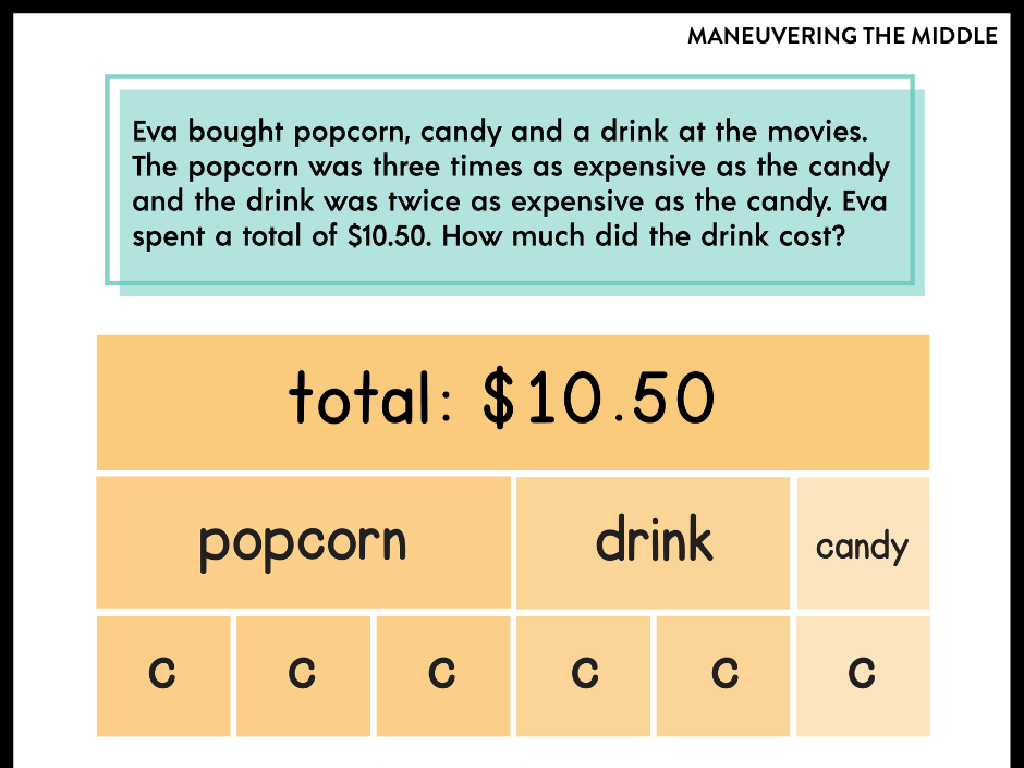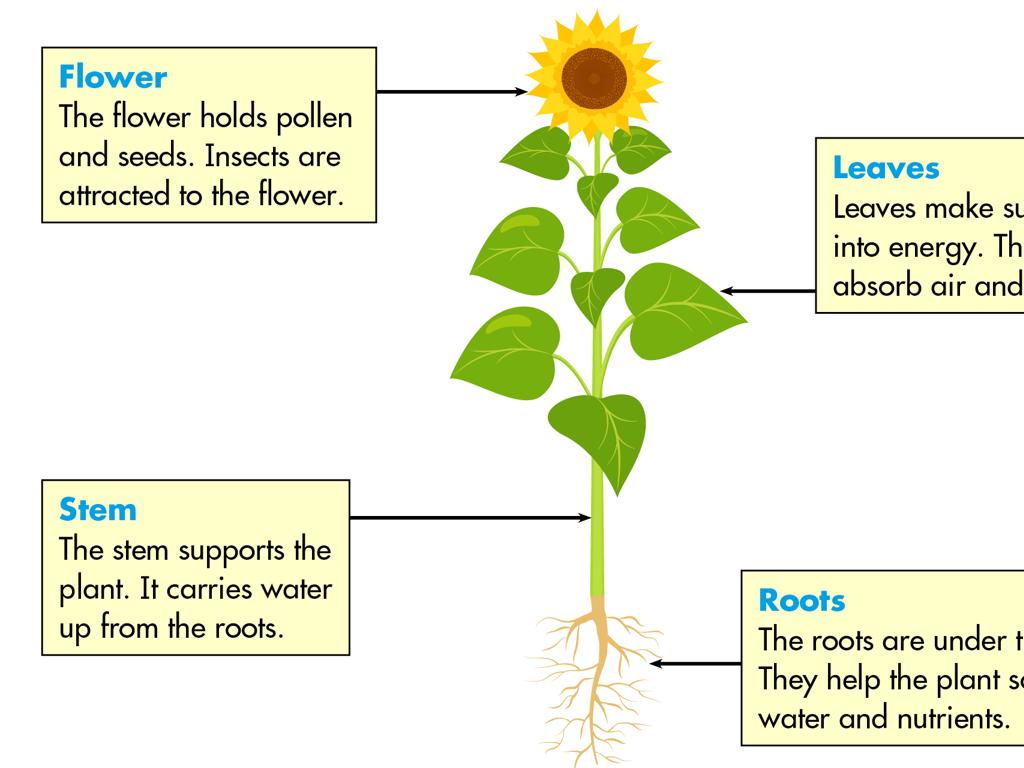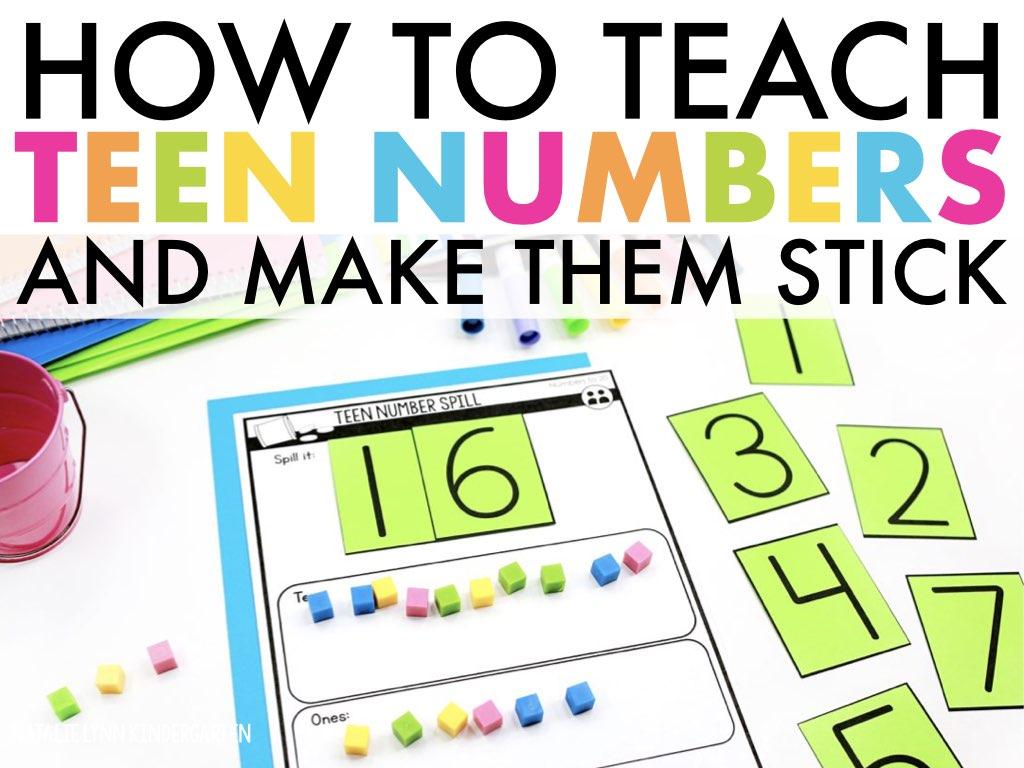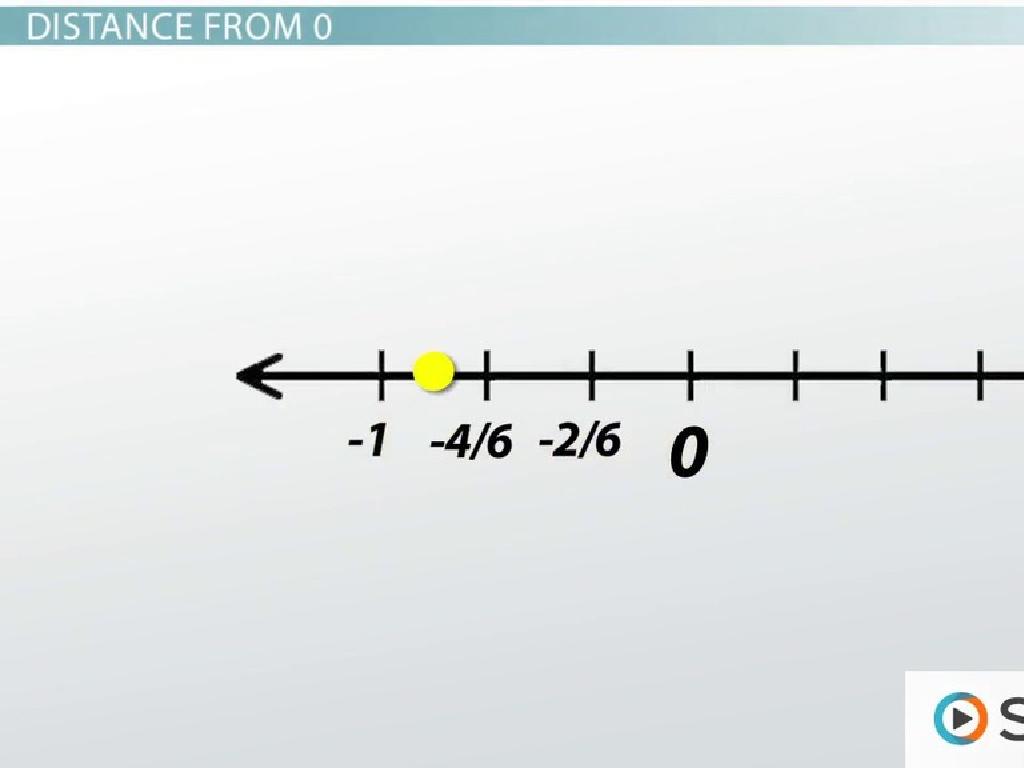Order The Words To Create A Sentence
Subject: Language arts
Grade: Fifth grade
Topic: Sentences, Fragments, And Run-Ons
Please LOG IN to download the presentation. Access is available to registered users only.
View More Content
Building Strong Sentences
– Discover sentence structure
– A sentence has a subject, verb, and expresses a complete thought.
– Learn about fragments
– Fragments are incomplete sentences missing a subject or verb.
– Explore run-on sentences
– Run-ons are sentences that need punctuation to break them up.
– Practice creating sentences
– We’ll rearrange words to form proper sentences.
|
This slide introduces the fundamental concepts of sentence structure, which is crucial for effective communication in writing. Start by explaining what makes a complete sentence, emphasizing the need for a subject and a verb, and that it must express a complete thought. Then, discuss fragments and run-on sentences, which are common mistakes in student writing. Explain that fragments lack either a subject or a verb and don’t express a complete thought, while run-on sentences cram too many ideas without proper punctuation. Engage the class with examples and encourage them to identify and correct fragments and run-ons. Conclude with an interactive activity where students practice ordering words to create well-structured sentences, reinforcing their understanding of the lesson.
Building Blocks of a Sentence
– Definition of a sentence
– A sentence shares a complete idea
– Sentence components
– Must have a subject and a predicate
– Punctuation marks
– Ends with a period, question mark, or exclamation mark
– Example sentence
– ‘The cat’ is the subject; ‘sat on the mat’ is the predicate.
|
This slide introduces the basic concept of a sentence to the students. It’s important to emphasize that a sentence is not just a random collection of words, but a structured group that conveys a complete thought. Highlight the necessity of having both a subject and a predicate as the two main parts of a sentence. Also, discuss the importance of punctuation at the end of a sentence to signal its completion. Use the example provided to illustrate these points, and encourage students to come up with their own sentences following these guidelines.
Understanding Sentence Fragments
– Define sentence fragment
– A fragment lacks a subject or predicate.
– Identify incomplete thoughts
– Example: Missing a subject
– ‘Running through the park’ lacks who is running.
– Correcting fragments
– How to turn fragments into full sentences.
|
This slide introduces the concept of sentence fragments, which are incomplete sentences missing key components such as a subject or predicate. They do not express a complete thought and cannot stand alone. Use the example ‘Running through the park’ to show students how a fragment can be missing a subject. Discuss how to identify fragments and the importance of context to determine what’s missing. Teach students strategies to correct fragments by adding the missing elements, turning them into complete sentences. Encourage students to find fragments in their reading and practice correcting them as a class activity.
Avoiding Run-on Sentences
– Understanding run-on sentences
– When two or more sentences are combined without proper punctuation or conjunctions.
– Recognizing sentences joined incorrectly
– Run-ons can be long and confusing
– Correcting with punctuation and conjunctions
– For example: ‘I love to write, it is fun’ should be ‘I love to write; it is fun’ or ‘I love to write because it is fun.’
|
This slide aims to help students identify run-on sentences and understand how to correct them. A run-on sentence is a common mistake that occurs when two or more sentences are joined without the correct punctuation or conjunctions. They can make writing unclear and difficult to understand. During the lesson, emphasize the importance of punctuation, such as commas, periods, semicolons, and conjunctions like ‘and’, ‘but’, or ‘because’, to separate ideas and clarify meaning. Provide additional examples and have students practice identifying and correcting run-on sentences in class.
Crafting Complete Sentences
– Start sentences with a capital
– End with a punctuation mark
– Order words for clear meaning
– For example, ‘The dog ran fast’ not ‘Ran the dog fast’
– Subject and predicate order
– The subject is ‘the dog’ and the predicate is ‘ran fast’
|
This slide introduces the basic structure of a complete sentence to fifth graders. Emphasize the importance of starting every sentence with a capital letter as a signal of a new thought or statement. Highlight the need for punctuation at the end of a sentence to indicate a full stop, question, or exclamation. Discuss how the order of words affects the clarity of the sentence, using simple examples to illustrate correct versus incorrect word order. Explain the concept of subject and predicate, ensuring students understand that the subject is who or what the sentence is about, and the predicate tells something about the subject. Activities can include rearranging jumbled words to form correct sentences and identifying subjects and predicates in given sentences.
Let’s Practice Sentence Building!
– Rearrange jumbled words into sentences
– Unscramble the words to make a meaningful sentence.
– Partner up to discuss sentence order
– Two heads are better than one! Work together to figure it out.
– Share your sentences with the class
– Present your sentences and explain your thought process.
|
This activity is designed to enhance the students’ understanding of sentence structure. By working with a partner, they can discuss the logic behind the order of words and learn collaboratively. After rearranging the words to form complete sentences, each pair will have the opportunity to share their sentences with the class, fostering a supportive learning environment. As a teacher, facilitate the activity by providing guidance and encouragement. Offer jumbled sentences that are appropriate for their grade level, and ensure that there are a variety of examples. Some possible sentences to unscramble could be: ‘the dog ran quickly’, ‘she ate her lunch’, ‘the sun is shining brightly’, or ‘we went to the park’. Encourage students to explain why they chose the order they did, which reinforces their understanding of sentence syntax.
Class Activity: Sentence Scramble
– Form groups for sentence creation
– Arrange word cards into sentences
– Use the cards to make meaningful sentences
– Present sentences to the class
– Each group explains their sentences
– Discuss sentence structure
– Identify complete sentences, fragments, and run-ons
|
This interactive group activity is designed to help students understand sentence structure by physically manipulating word cards to form sentences. Divide the class into small groups and provide each with a set of word cards. Students will work together to arrange the words into coherent sentences. Afterward, each group will present their sentences to the class, fostering public speaking skills. As a class, discuss the structure of each sentence, determining whether it is complete, a fragment, or a run-on. This will reinforce the concepts of proper sentence structure. For the teacher: Prepare diverse sets of word cards in advance, ensuring a mix of potential complete sentences, fragments, and run-ons. Have a list of guiding questions ready to facilitate the discussion, such as ‘What makes this a complete sentence?’ or ‘How can we fix this fragment?’
Crafting Complete Sentences: Conclusion & Homework
– Congratulations on sentence crafting!
– Recall: Sentences need a subject and predicate
– A subject does the action, predicate tells about the action
– Homework: Create 5 sentences
– Use your imagination to make interesting sentences
– Identify subjects and predicates
– Highlight the subject once, and the predicate twice
|
Well done on today’s lesson on creating complete sentences! Remember, a complete sentence must have both a subject, which is the ‘who’ or ‘what’ of the sentence, and a predicate, which tells us what the subject is doing. For homework, students are to write five original sentences. They should practice identifying the subject and predicate in each sentence to reinforce their understanding of sentence structure. This exercise will help solidify their grasp of what makes a sentence complete and enhance their writing skills. Encourage creativity and remind them to check that each sentence expresses a full thought.





